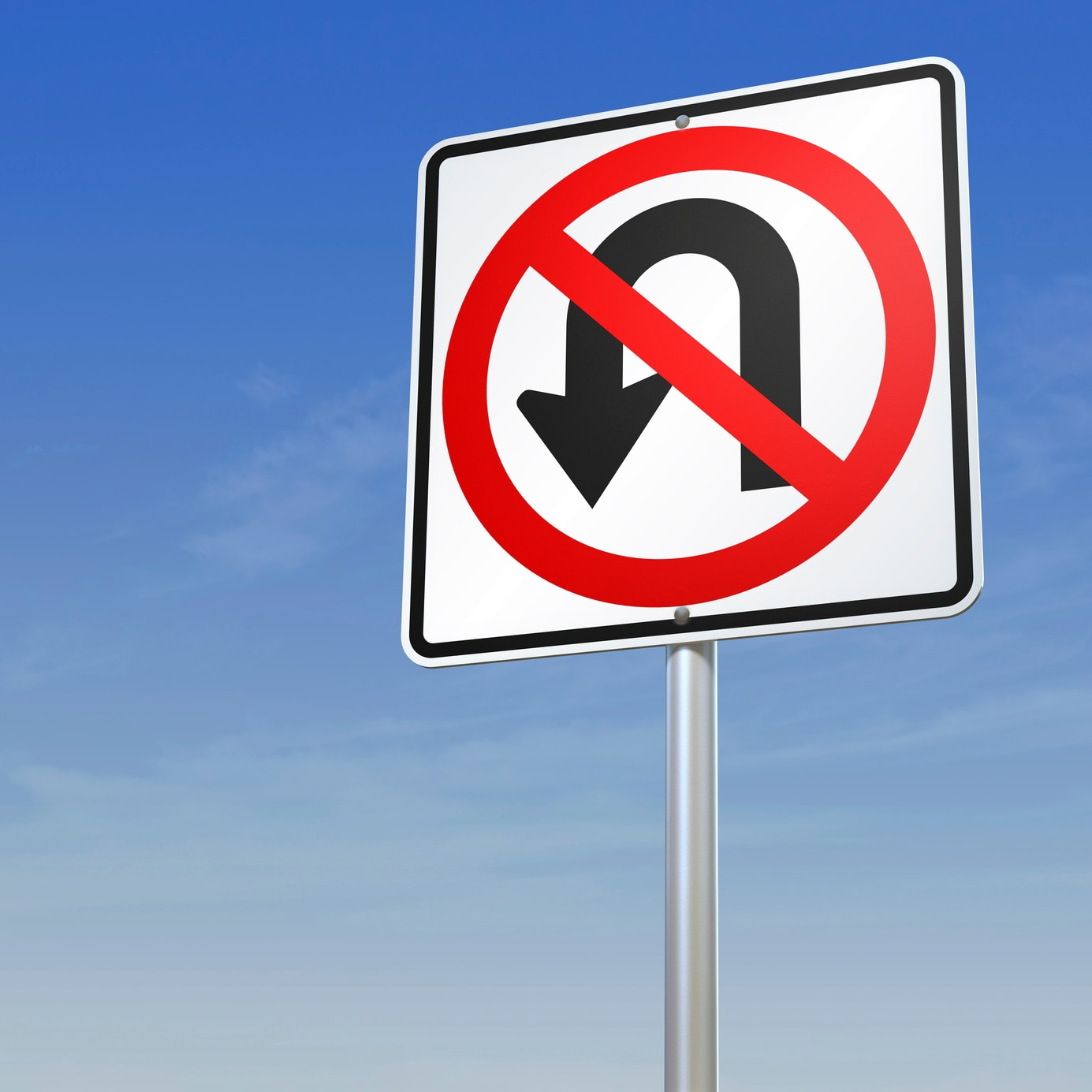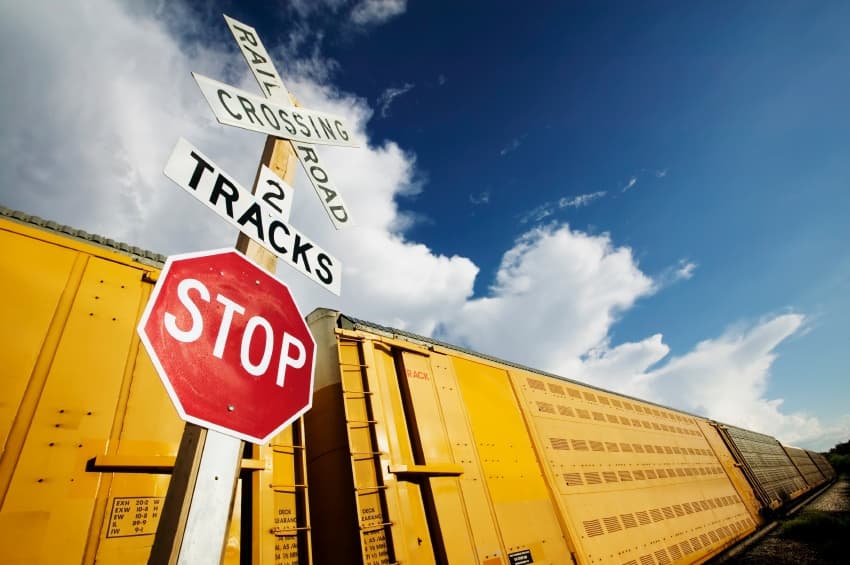
resources
OUR BLOG
- Ask the Liability Adjuster (1)
- At-Risk Behaviors (2)
- Avoiding Injury (3)
- Backing Safety (2)
- Cargo Claims (1)
- Cargo Theft (1)
- Cell Phone Safety (1)
- Cell Phone Use While Driving (1)
- Claims (3)
- Collision Prevention (1)
- Company Culture (17)
- Complacency (1)
- Compliance (16)
- Continuous Improvement (2)
- Crash Prevention (3)
- Critical Crashes (1)
- Customer Service (1)
- cyber crime (1)
- Disaster Planning (2)
- Driver Education (7)
- Driver health (3)
- Driver Retention (2)
- Driver Safety (43)
- Driver Training (4)
- Drivers (127)
- Driving Hazards (3)
- Driving Tips (36)
- Drug and Alcohol Testing (1)
- ELD (13)
- Emergency Planning (1)
- Employee Management (5)
- Employee Retention (9)
- Fatigue related crashes (1)
- Financial (1)
- Fleet Management (1)
- FMCSA (2)
- Health and Wellness (28)
- Heat-Related Illness (1)
- hiring (1)
- Hiring & Retaining Employees (10)
- Inspections (1)
- Jaccknifes (1)
- Leaders (62)
- Liability (2)
- Liability Claims (1)
- Mirrors (1)
- Motor Carriers (1)
- Motor Drivers (1)
- On-board/In-vehicle cameras (1)
- Operations (45)
- Operations Personnel (129)
- Org. Management (22)
- Pre-Trip Inspection (1)
- Preventing Crashes (23)
- Preventing Injury (6)
- Professionalism (1)
- Quality Drivers (1)
- Refrigerated Cargo (1)
- Refrigerated Carriers (1)
- Regulations (4)
- Regulatory Compliance (4)
- Regulatory Updates (1)
- Requirements (1)
- Risk Management (59)
- Road Rage (1)
- Road Test Tips (1)
- Safe Workplace (2)
- Safety (31)
- Safety Culture (4)
- Safety Training (3)
- School Zone Safety (1)
- Seasonal Driving Hazards (21)
- Shop Safety (4)
- SMS (2)
- Total Cost of Risk (4)
- Training and Education (2)
- Truck insurance (5)
- Truck Parking (1)
- Truck safety (2)
- Trucking Concerns (1)
- Trucking Industry (1)
- Winter Driving (1)
- Winter Weather (1)
- Workers' Compensation (2)
- Workplace Injuries (1)


Great West |
Cell Phone Reminder: Hang Up and Drive
The deadly results of a high-speed crash involving a large truck versus another vehicle can often...

Great West |
Tips for Crossing Railroad Tracks Safely
No matter where you drive, there are railroad crossings in every city and every state in America.

Great West |
Caution, Caution, Caution: Animal Crossing
As urban areas continue to push outward and displace animals from their natural habitats, and as...

Great West |
What is the Difference between Aggressive Driving and Road Rage?
What is the difference between road rage and defensive driving?
According to the National Highway...

Great West |
Intrastate vs. Interstate: Which is Which?
Part 390.5 of the Federal Motor Carrier Safety Regulations (FMCSR) defines interstate and...

Great West |
To Swerve or Not to Swerve: That is the Question
The Answer: Don't Swerve
Loss-of-control crashes are sometimes the result of trying to avoid...
